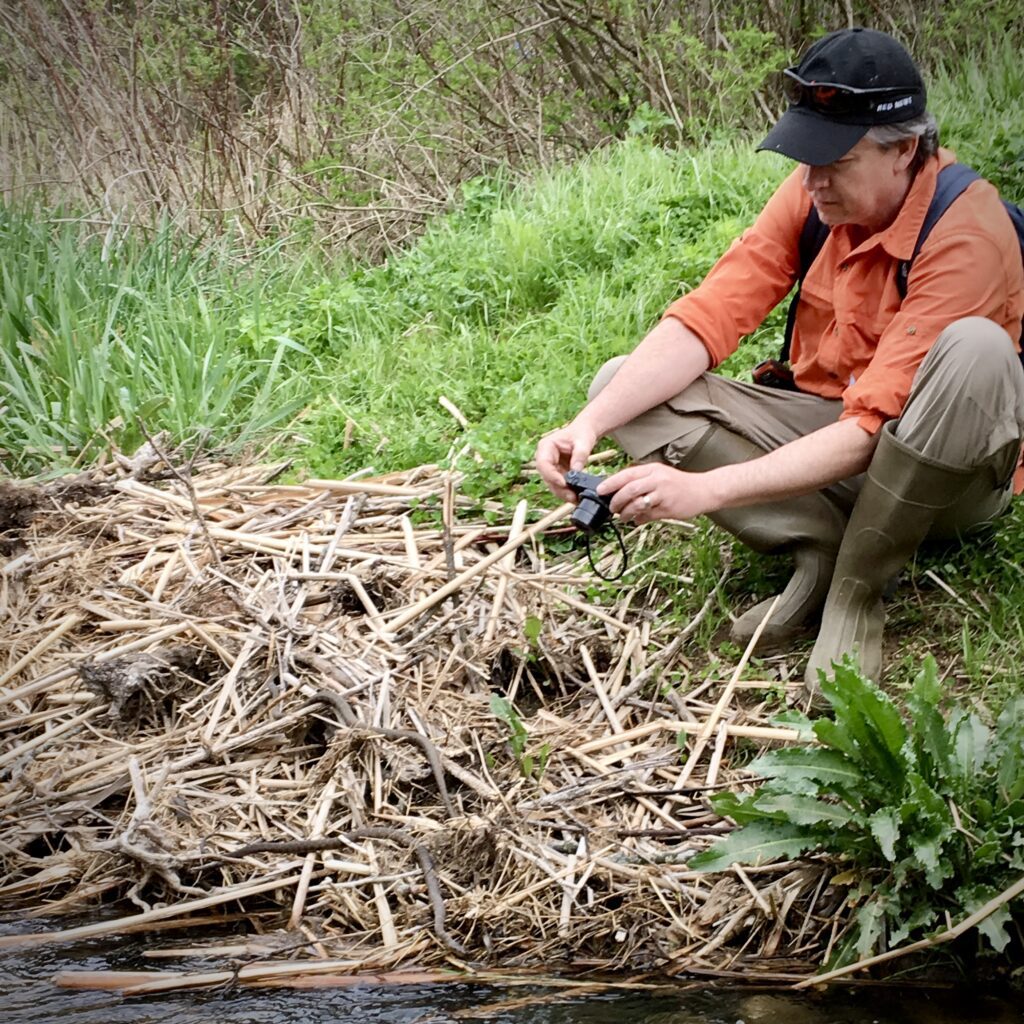August 20, 2023
Snakes and humans have had a long, troubled relationship. For as many years as I have worked at the Zoo, I hear the same themes repeatedly. Some people are fascinated with snakes, but most are fearful of them or even despise them. This history goes back much farther than a zoo career – even thousands of years. I have been in the “fascination” group since I was a young boy. One thing that I have learned is that the fear is often mutual for snake and human. There have been many negative encounters between both for ages.
Since I have worked at the Zoo, I have spent a lot of time dedicated on education and dispelling myths about snakes. I consider myself lucky to work with snakes and study them in nature. I have increased my knowledge of snake behavior across many species and am often impressed by their inquisitive behavior.
Some of this behavior is likely driven by unique adaptations that snakes possess. Snakes use a different sensory organ to smell. This organ is often called the Jacobson’s organ or vomeronasal organ. In snakes, these are two bulb-like organs on the roof of the mouth. The forked tongue collects odor molecules and distributes them to these organs. There is evidence that the forked tongue and both organs in the mouth help snakes determine where the scent is coming from. Stereo sense of smell!?
Another example of a unique adaptation that might lead to inquisitive behavior would be the heat sensing organs that some snakes possess. It is well known that the pit vipers have highly adapted heat sensing organs, but did you know that many boas and pythons possess these as well? These organs help these snakes hunt for “warm-blooded” prey day or night. New evidence shows that these snakes use these organs as a way to aid in thermoregulation helping them to find warmer or cooler spots to regulate their body temperature.
Snakes are amazing predators! Some use ambush as a hunting technique, while others are active foragers. This makes a lot of sense if you think about it. Snakes rely on the element of surprise as a way to survive. They try very hard to spend their lives to go undetected. Unless you are prey, they just want to be passed by. This is often where the snake and human conflict arises. And it is just as surprising to the snake as it is to the person!


Some species of snakes live very close to places where we live. Often some of the things we like are exactly what snakes need because their preferred prey or habitat reside near. For instance, some of the things in our yards – garden rock borders, firewood piles, garbage cans, and fences attract prey and create an ideal hunting opportunity for snakes. Often, the foundations of our own homes create the same hunting opportunities or even create ideal over-wintering conditions for snakes.
We may not realize it, but these snakes are helping us by keeping our yards and homes free of small mammals too. Most of us don’t relish sharing space with small rodents. They get into pet food or even our own. Their feces can carry disease that can be transmitted to us through infected food. Some of these rodents can carry parasitic insects like ticks or fleas. These insects can also spread diseases like Lyme disease. One study on the feeding preferences of Timber rattlesnakes found that these snakes are estimated to each remove over 2500 ticks from the environment every year!
If you have the opportunity, I would recommend observing snakes from a distance – making sure they are comfortable with your presence. A snake that doesn’t feel threatened will demonstrate the inquisitive behavior that I’ve mentioned. They will slowly move through the habitat, sensing smells with their tongue. They may even come over to check you out. If it’s not scary for them, it won’t be scary for you! At the very least, always make sure to give them safe passage. They do far more good than harm!
– Assistant Curator John Adamski








